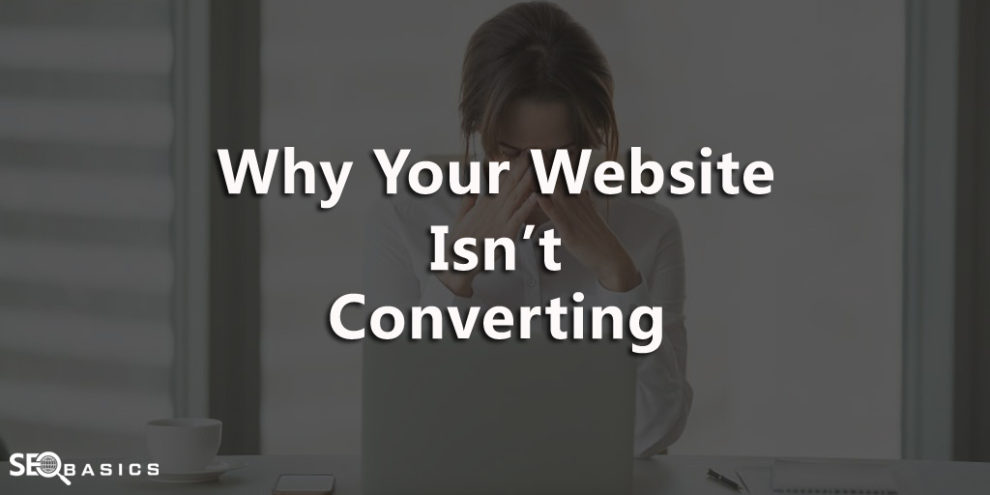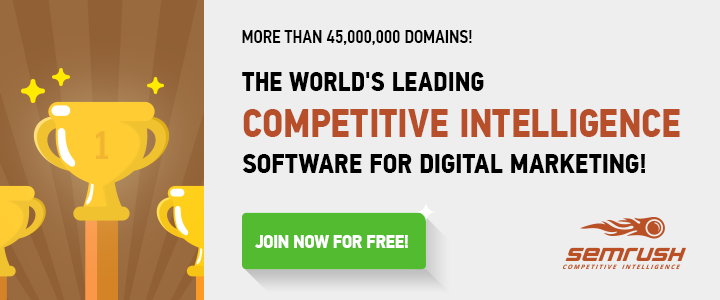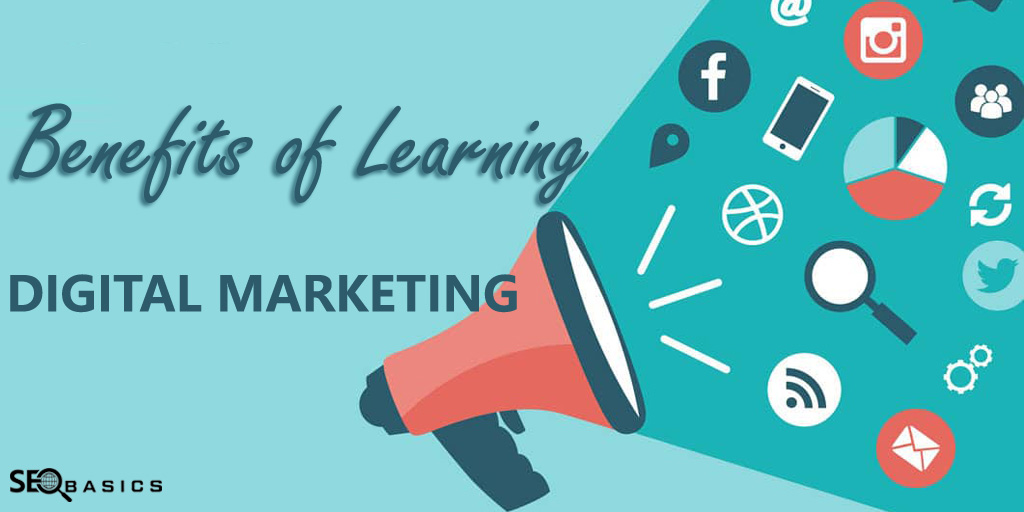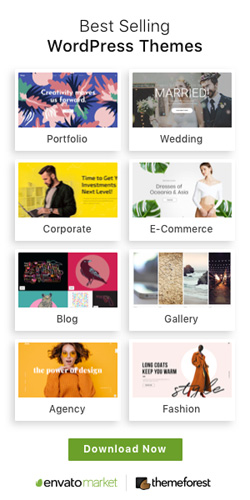According to recent statistics, 75% of B2B buyers say digital content significantly impacts buying decisions, because your website and its content are your online business card and a business card is a window to any business.
In order to succeed as a business in this day and age, it is important that you convert as many website visitors as possible. If you are getting a lot of visitors, but they aren’t clicking on the call to action (CTA) button, you need to change your site.
Are you wondering what to change on your beautifully designed site? You must be thinking, “I had it designed by the best designers, what else should I change?”
The truth is, having a great website is not all about good design. Without much being said, Here are 12 ways to ensure your visitors to your site convert to buyers.
1. Need for Speed (Page Speed)
To put it simply, page speed is defined as a measurement of how fast the content on your page loads.
If you have a slow-loading site, you will turn off visitors from buying from you.
Make sure your site loads fast on any device.
A research has shown that a small delay in page loading will cut your conversions by 7 percent.
To monitor your site’s speed, you can use GTmetrix, Google PageSpeed Insights, and Pingdom Tools.
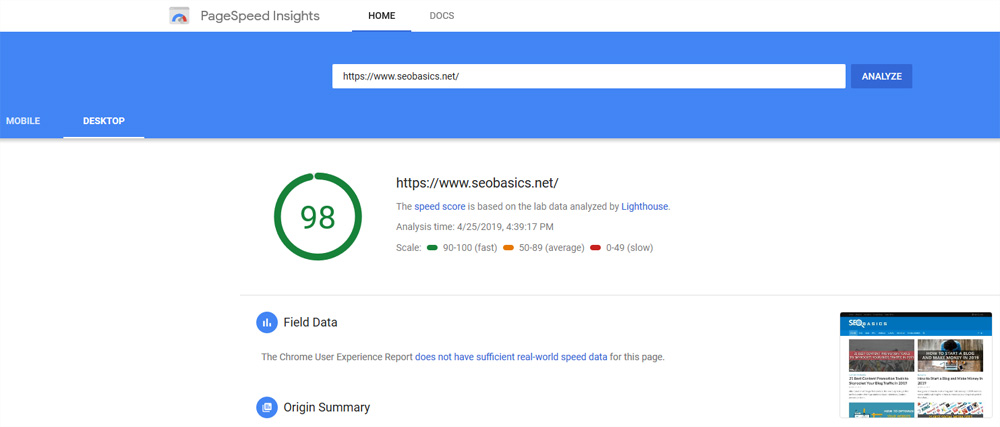
Be on the lookout for items that slow down a site, such as third-party scripts and changes by your provider.
If you are using WordPress (and the chance is you are), page speed could be your top issue.
This is because WordPress is loaded with a bunch of scripts, plugins, themes, content, etc. in which most of them are unnecessary for your site.
It increases too many HTTP requests. You can minimize the HTTP request by using Perfmatters plugin.
You can also use caching plugins like W3 Total Cache and optimize your images using plugins like WP Smush.
2. Get Personal (Target Marketing)
Target marketing is the process involving breaking down the market into segments, and then focusing on a few key segments consisting of the customers whose needs and desires most closely match your product or service offerings.

Most business owners understand that to be effective in what you sell; you have to target a specific audience.
Personalization goes beyond targeted marketing to developing a user experience that matches his or her needs.
Examples of these are Amazon telling what you might like to read or buy based on previous expenditures or giving your customers a personal greeting.
The more you can speak your customers’ individual needs, the more likely you will get them to buy from you.
3. Play 007 (Competitors Analysis)
Spying on your competitors is always a good move.
You can simply visit your competitor’s sites and see what works for them and what doesn’t.
One of the ways to know this is to use a tool called SpyFu.
This tool is used to spy on how successful your competitors’ marketing effort is.
This works by extracting all the keywords your competitors have ever bid on Google Adwords.
Have a look at the clicks, keep track of them, check their ad bidding history, get access to untapped money keywords and much more.
Besides these simple moves, you can also spy on competitors through Kompyte.
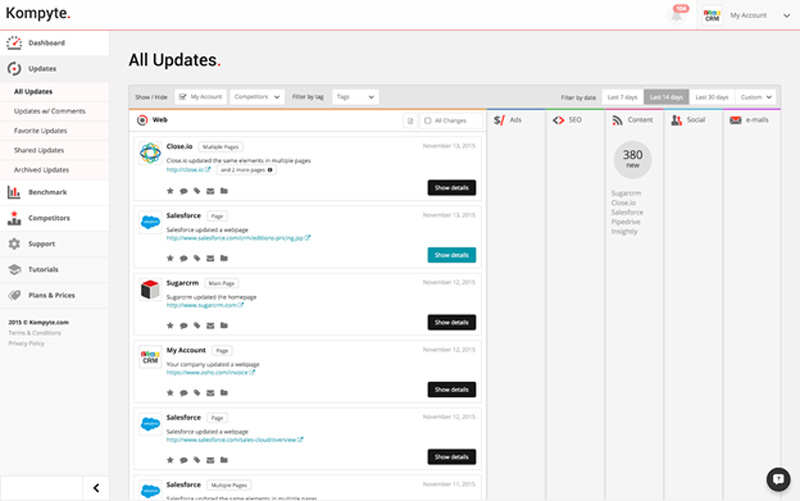
It visits advertisements, newsletters, and social profiles.
It would alert you if your competitors change their prices, adds a banner, launches a new marketing campaign or another competitor emerges.
4. The Future (Artificial Intelligence)
In simple words, Artificial Intelligence (AI) is an area of computer science that emphasizes the creation of human-like intelligence machines.
The common ones being Siri on IOS and Google Assistant on Android.
The opportunity is endless when it comes to implementing AI in our real lives.

With the advancement in technologies, AI has become smarter and can do more and more stuff.
When it comes to business, particular regarding website conversion, it’s quite surprising to see how effective this technology can be used.
The 3 main areas where AI is used in website conversions are UX, bots and smart engagement.
Because of how AI works fundamentally, i.e. learn and adapt from predefined existing data, it can be used to track how users engage with your website and create as well as predicts the probable system and structures to follow, to ensure that experience meets the users’ requirements.
The optimized probable system and structures can be then utilized on the websites.
For example, suggest how the UX should be, auto chat bot replying to customers and know how to persuade them and suggesting products depend on users’ search queries.
5. Left Behind (Conversion Opportunities)
Look over your site and find how many opportunities there are for a user to convert.
What I mean here is that if you think just having a simple contact form is enough, you’re wrong.
The world and consumers’ behavior are evolving, as so your website’s conversion mechanisms.
People’s attention span is short on a website, and if you’re just waiting for them to click on the contact button, and expect them to fill out the form with 4-5 fields, that’s just not going to work.
When you’re setting up the conversion mechanisms, look to capture your visitors’ information in the easiest and fastest way possible.
One of them is to use pop-ups.
Another way is to spread call-to-action buttons across various sections on the page, to make sure that the users can find it without having to scroll up or down to click.
But remember not to go overboard on this.
Too many pop-ups or buttons can distract your visitors and could potentially do more harm than good.
When setting up the system, make sure to avoid any such distraction.
Keep it clean and simple.
6. Your Value Isn’t Enough (Not Worthy Enough)
Having your users pulling out their credit cards to buy your products online or having them spending 2 minutes filling out your contact form is probably the hardest thing in the world.
It requires tremendous trust to do that.
This is because they’re actually sacrificing something valuable in exchange for your things, that too, without having met you in person.
If you find out that your website isn’t converting as good as it should be, you’re probably not providing enough value.
So give something worth your users’ trust.
Go above and beyond their expectations.
Make them feel like the most important person in the world.
7. Your Users are Annoyed (Not Happy)
You might be missing out on conversion opportunities if there’s something off-putting regarding your site.
Look at your bounce rate: if it’s high, then you recognize there’s something that’s not appealing to users.
Bounce rate is defined as the percentage of visitors to a particular website who navigate away from the site after viewing only one page.
A bounce rate of over 70% in the website’s conversion is considered as bad.

This is because normally, it would require at least 2 pages for users to actually get to know you before they convert, let’s say buy your products or fill out the contact form.
This, however, is not true in every case.
If you’re using a single landing page with a conversion mechanism, on that very page, or, if your primary source of conversion is through a pop-up, then the bounce rate will be high, because fewer pages will be viewed.
Therefore, the best way to keep track of this is to set up a goal on Google Analytics – to measure the activity you intend your users to do like filling out the forms for example, or to use things like heat maps, which capture your users’ activities and how they engage with your page.
A quick survey for your users can also help identify the root cause of poor conversion.
8. Not Good as It Needs to be (Outdated – Poor Content)
You know that poor content leads to poor conversions.
Sometimes you might just create them due to lack of time or experience.
People love reading new and cool stuff that they’ve not read or heard.
A generic 3,000 words article on let’s say, “Importance of SEO” or a sale pitch with a heading, “why choosing us?” won’t prove to be attractive enough.
Come up with something new or turn existing topics around by adding some unique angles.
Incorporate various types of multimedia, like images, infographics, videos, animations, etc. to capture user’s attention.
A study shows that content with visuals ranks better than the content that doesn’t have.
9. Old Fashioned (Old Web Design)
It’s one of the most important reasons why your site isn’t converting Whether you’re targeting Gen X, Gen Y, or Gen Z.
It’s essential to have a web design that suits all age groups.

Old Website Design
Your web design must follow the latest trends of UX and UI if you want your site to generate leads.
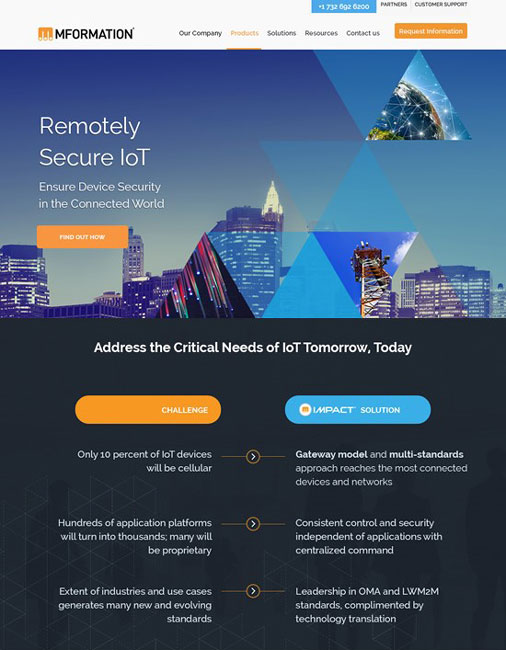
New Website Design
Because it’s the first thing, your user will see before they start reading your content – or reviewing your product or service.
Here’s a list of a few designs that’ll help you to improve your conversions.
10. Target Mobile Phones (Mobile Search)
According to the stats, nearly 48% of all internet usage comes from mobile.
This means that if your site isn’t optimized for mobile devices, you could be missing out nearly 50% of potential customers.
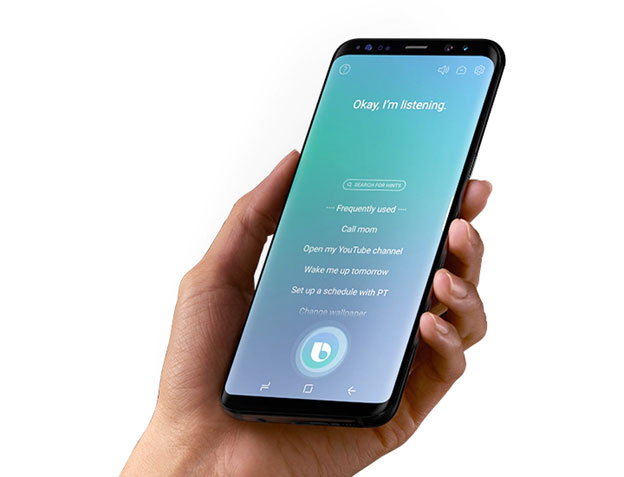
Take advantage of that trend.
Make sure you are targeting mobile devices with your site.
Nearly half of mobile device users will move onto another search result when the first one wasn’t designed for mobile users.
Also, almost three-quarters of mobile users who search for something on their device took action from that company within an hour of searching.
This is so much higher than a desktop user.
You have to market to them on their terms.
Your site has to be responsive as a start, but when you add text advertising, your chances of getting a sale go up considerably.
11. Gone But Not Forgotten (Email Marketing)
Research shows that two-thirds will abandon a shopping cart and 90 percent will leave your site.
You can use Rejoinder that will send an email within 30 minutes of abandoning your site.
Make sure that you have a system in place that captures your prospects’ emails before they even take any action on the site.
Another e-mail is sent after 24 hours.
The campaign also makes sure you don’t send too many emails that would annoy recipients.
A personal greeting lets your customers know what they are missing by leaving your site.
By utilizing this strategy, you could be saving yourself revenues you might have lost.
12. Tag; You’re It (Update Meta’s)
When you are rebuilding your site for conversions, make sure you are using the proper meta tags, headers, and content.
Meta tags are HTML tags used to convey a special meaning to the browser.
Some of the examples are meta description and meta title.
Having compelling headers or headlines is the key to success.
This is because it summarizes the whole idea of what the content is all about and it’s the first thing your users see.
If the headlines look boring, hardly anyone will continue reading your content.
When optimizing this information for SEO, meta description’s ideal length should be 155-160 characters long, whereas, for meta title, approximately 60 characters are considered as an ideal length for your title to display properly before it gets truncated by the search engines.
By implementing copywriting strategies, you can definitely craft out attractive meta tags which can entitle users to click through the results.
Wrapping Up
That’s all for the problems as to why your website doesn’t convert as good as it should be, and the 12 ways to potentially fix the issues.
As you have now understood that there is so much more than just a great designed website.
Sometimes, the simplest ones can convert best.
The key idea is to put yourself in prospects’ shoes and ask how could you improve things to make your users feel comfortable while using your site.
So is your website facing any of the problems listed above?
Let me know in the comments about the improvement you see after implementing the fixes.



